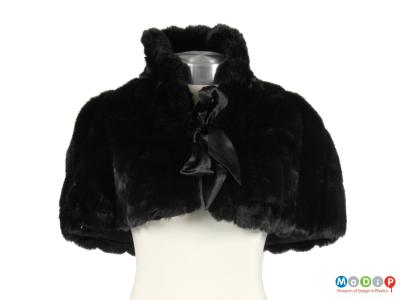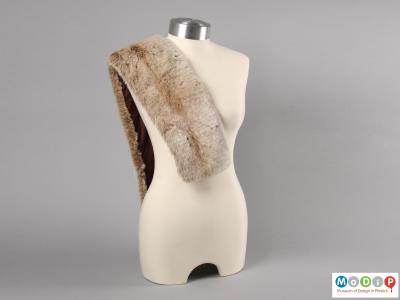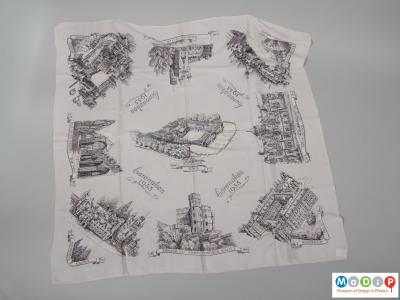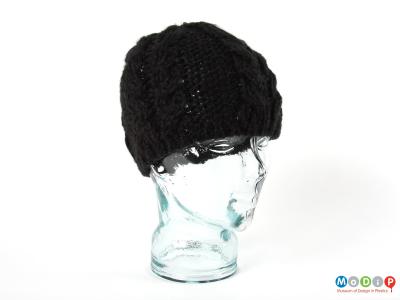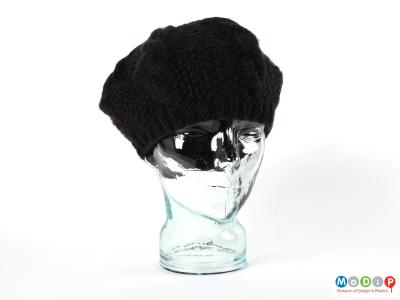Just like battery chicken farms, fur farms often keep their animals in cruelty and misery. The animals, such as mink, foxes and chinchillas, are kept in very small cages and are unable to show natural behaviours. They live a short, uncomfortable life and then are killed by gas, or are electrocuted anally or genitally (places on the body where this fur will not be singed). These are methods of killing which keep the fur in pristine condition but are not always successful and some animals wake up while their skin is removed from their bodies. With the introduction of synthetic materials, such as polyester and acrylic fibres (1 - 2), the look and feel of fur can be achieved without the suffering endured by the animals for the real thing.
Silk is made by the larvae of the Bombyx mori moth. The larvae known as the silkworm spins a continuous thread into a cocoon. Once it is enveloped by the thread the caterpillar will start the process of transformation into the moth. When it is ready to emerge the moth eats a hole in the cocoon, therefore breaking the thread in several places. To prevent this, and to keep the silk thread intact, the cocoon with the live moth inside is steamed or dropped into boiling water when it is 10 days old. The fine threads of viscose or rayon (3) can be woven or knitted to provide the luxury feel of silk without the unnecessary destruction of the silk worm.
Wool, made from shorn fur or hair of sheep, goats, rabbits, llamas or alpacas, which is made up of fine fibres can cause skin irritation in some wearers. Clothing made of acrylic fibres (4 - 5) can provide an alternative with a similar, equally warm and soft feel, but without causing itchiness.

